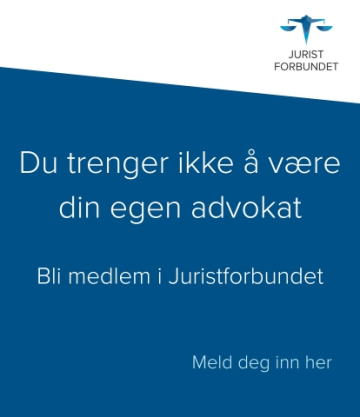Since it began its work on 4 January 1994, the EFTA Court has drawn up, for the purposes of the oral procedure, a comprehensive report for the hearing which was open to the public and which set out the facts of a case, the procedure, the names of the parties and other participants to the proceedings, their pleadings and, in particular, the grounds on which those pleadings are based. The EFTA Court has rightly been praised for this. It has ensured transparency from the outset.
Transparency, the principle of granting the public a greater level of scrutiny of institutions’ activities and material, is the brainchild of the enlightenment thinker and politician Anders Chydenius, a Finnish priest and an ecclesiastical member of the Swedish Riksdag. In the recent past, this transplant from the Nordic legal traditions is having an increasing impact for the public good throughout Europe. Transparency is a fundamental prerequisite for democracy.
It is therefore incomprehensible that the EFTA Court, which has a majority of Nordic judges, has now thrown this important practice overboard, as the report of the hearing drafted by the Norwegian judge Per Christiansen in Case E-4/20 Haugland v The Norwegian Government shows. The report for the hearing now deliberately omits the arguments of the parties and other participants to the proceedings. This gives the EFTA Court the freedom, depending upon the result, which it wants to reach, to let arguments fall simply under the table. Readers of judgments, including national courts in the EFTA pillar and courts in the EU, are no longer able to follow how a judgment was reached. They are left in the dark. The new practice may be used to cover up uncomfortable tracks. In this context, it should also be noted that the transcript of the oral hearing is kept secret. It is recalled that in its second Fosen ruling on the threshold of liability in public procurement law, which was reached under odd circumstances and in my view is invalid, the Hreinsson EFTA Court disregarded (or suppressed) the main points of the European Commission’s oral intervention as they did not support the outcome the Court favoured.
Attentive readers have noticed for some time that the arguments of parties and participants have been presented in an excessively abridged form in the EFTA Court’s report for the hearing. This creeping process has now come to an end with the above-mentioned change. The new practice was created without public notice, without public explanation and without providing for any outside consultation.
One cannot answer my criticism by saying that the ECJ abolished the report for the hearing years ago. This would amount to comparing apples and bananas. The ECJ is overburdened and at the ECJ an Advocate-General submits an opinion in important cases which deals in detail with the arguments of the parties and participants. I also refer to the extensive nature of the ECJ’s „rapport préalable“ (preliminary report) which is presented by the Judge Rapporteur. There is no Advocate General at the EFTA Court, no meaningful preliminary report is made and there can be no talk of overburdening, on the contrary. Two and a half years ago, the EFTA Court even cut the position of a full-time lawyer.
Apparently EEA/EFTA State governments and the EFTA Surveillance Authority have complained about the new practice, to no avail.
In its case law, the EFTA Court has emphasised the paramount role of the preservation of the “democratic order”. The new practice means that the EFTA Court is evading precisely that democratic control. Some may say that this opens the door to arbitrariness. Practising lawyers have been complaining for some time about the EFTA Court’s declining service-mindedness. Judgments are pronounced at short notice, which makes it difficult for the parties to be present, judgments are pronounced without the reasoning being finished, outlines may no longer be used by pleaders, etc. The EFTA Court has not been established to ensure that judges have a good time. The Court will now have to deal with the cases related to the Norwegian social security scandal (“NAV cases”). Unfortunately there is reason to be concerned.






































